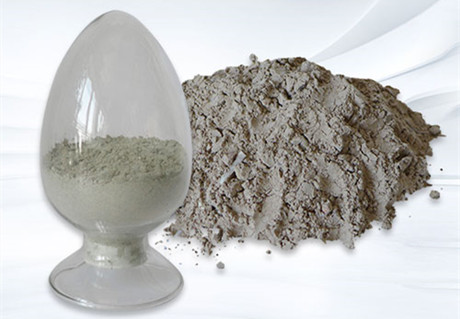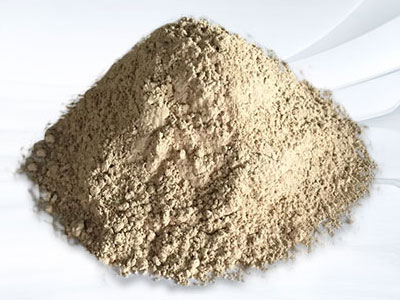Refractory concrete
Refractory concrete is a special concrete that is directly poured into a mixture of aggregate, cement, and admixtures in a certain proportion. According to different cements, refractory concrete can be divided into aluminate refractory concrete, sodium silicate refractory concrete, phosphate refractory concrete and aluminum sulfate refractory concrete. It is fire-resistant but simple in process and does not require complex concrete. Although the refractoriness and the starting temperature of softening under load are slightly lower than that of refractory bricks, the firing process has good plasticity and is convenient to make integral products with complex shapes. The cost is low and the service life is similar to that of refractory bricks. More and more widespread. Used for furnace lining, furnace door, furnace wall and electric furnace tapping channel of heating furnace, soaking furnace, etc.

Advantages of refractory concrete
1. The refractoriness is similar to that of refractory bricks of the same material, but because the refractory concrete (castable) is not sintered, it shrinks greatly during the initial heating, so the load softening point is slightly lower than that of refractory bricks. Nevertheless, in general, the performance is better than refractory bricks.
2. Refractory concrete has better effect than low-temperature cementing agent, with higher compressive strength at room temperature. At the same time, because the integrity of the masonry is good, the furnace is airtight and not easy to deform, the outer furnace shell steel plate can be removed, and the furnace has better resistance to mechanical vibration and impact than brick masonry. For example, it is used on the upper part of the side wall of the soaking furnace, where the mechanical wear and collision are relatively severe, and the service life is several times longer than that of the brick.
3. Good thermal stability, most or all of the aggregate is clinker, and the expansion is offset by the shrinkage of the cement. Therefore, the thermal expansion of the masonry is relatively smaller than that of the brick, and the temperature stress is also smaller, and there are various nets in the structure. Shape, needle, chain crystal phase. Strong resistance to low temperature stress. For example, it is used for pouring soaking furnace mouth and furnace cover, and the service life is extended to one and a half years.
4. The production process is simple, and the complicated brick-making process is eliminated. It can be made into a variety of prefabricated blocks and can be mechanized for construction, which greatly accelerates the furnace building speed and increases the efficiency of bricklaying by more than ten times. You can also use waste bricks as aggregates to turn waste into profit.



